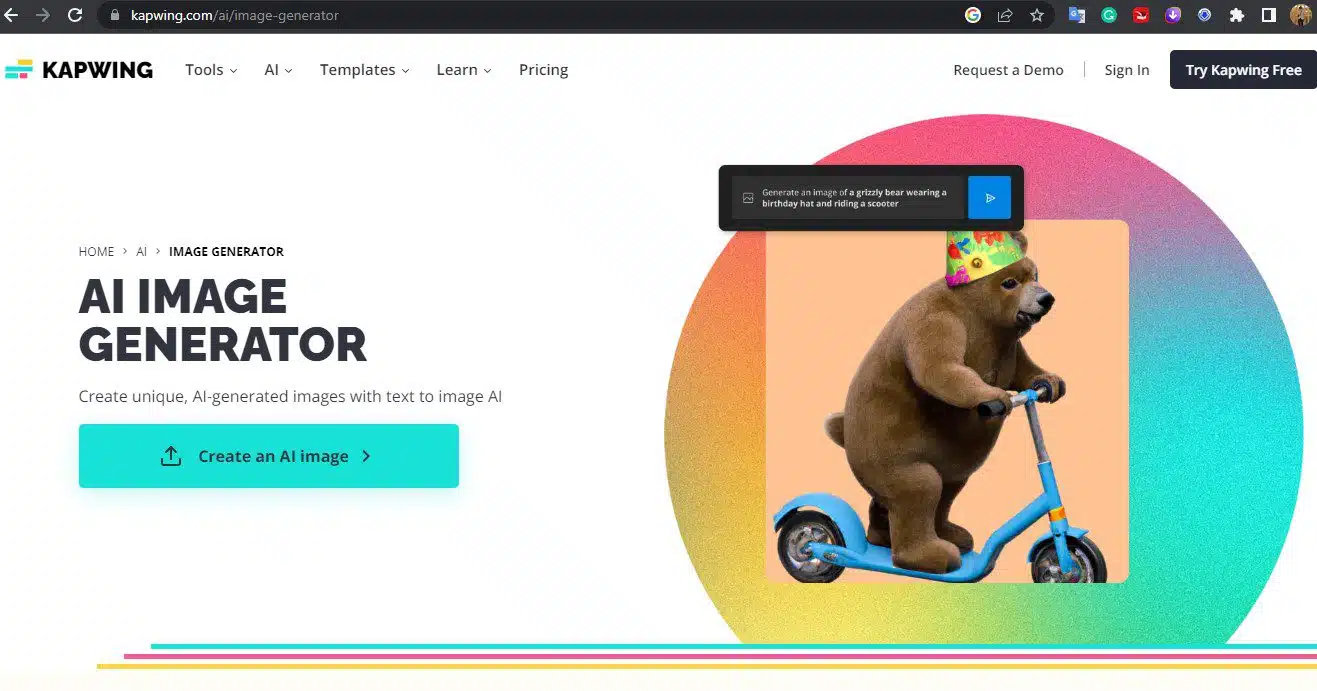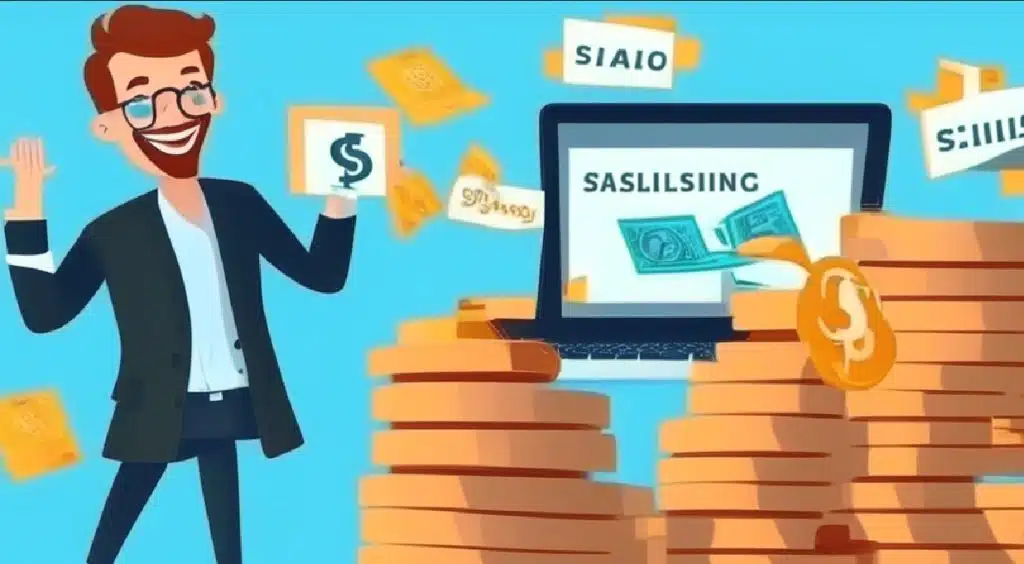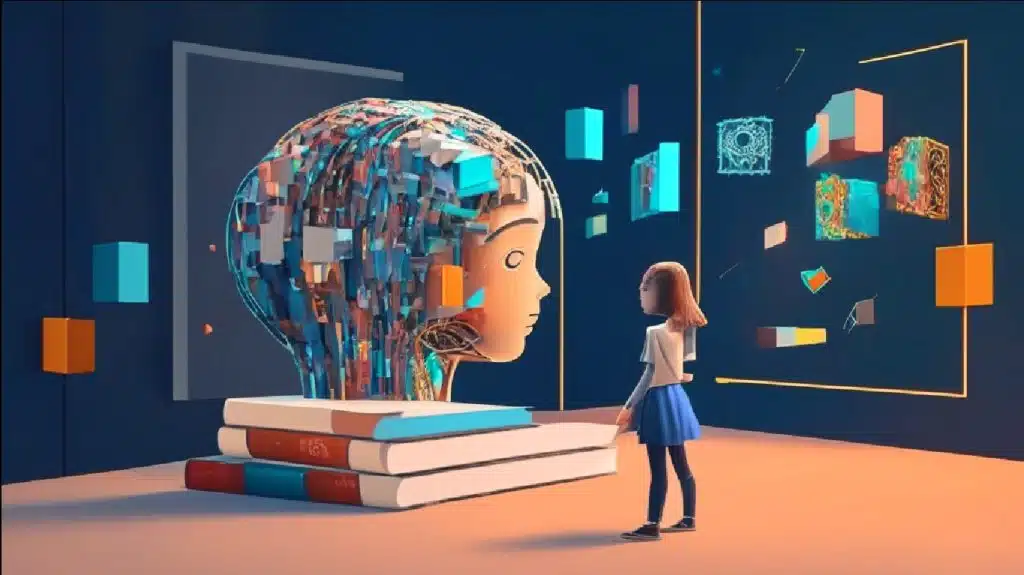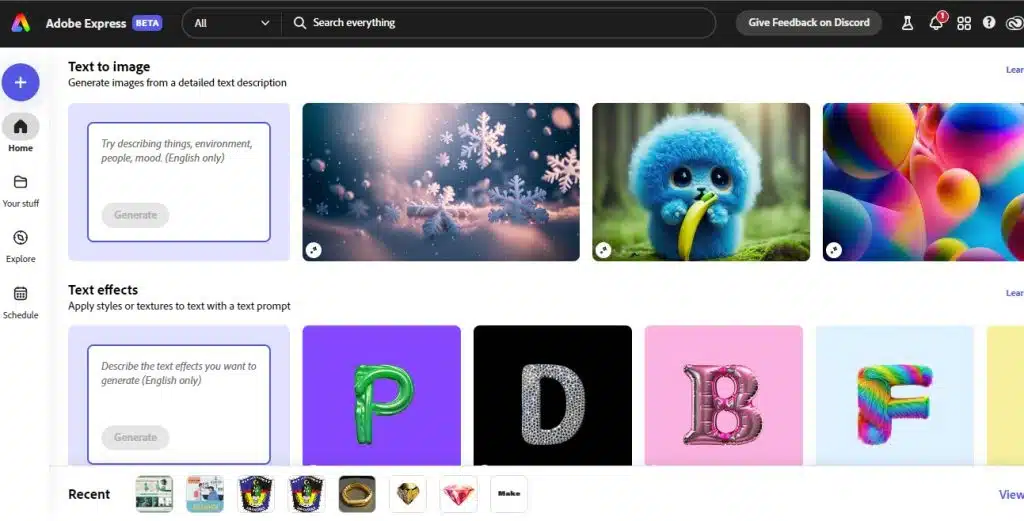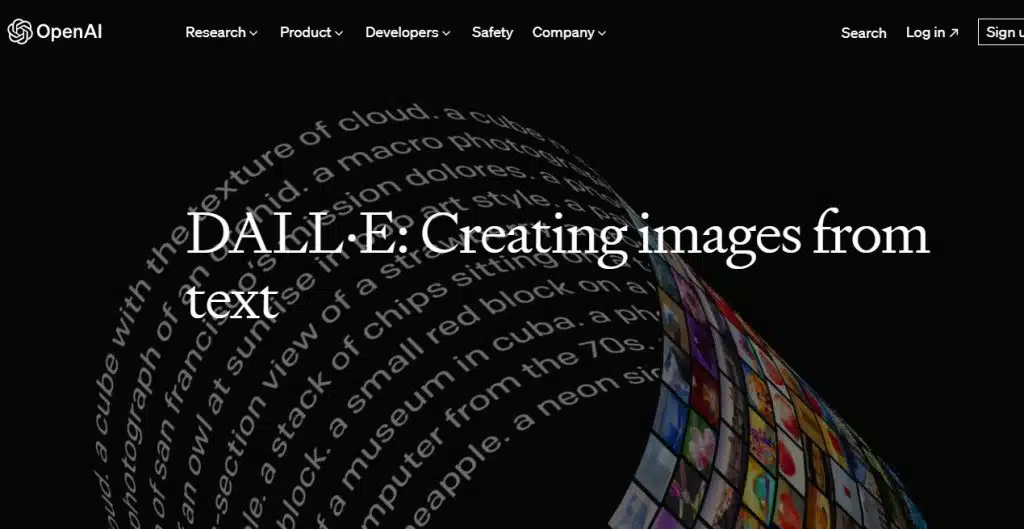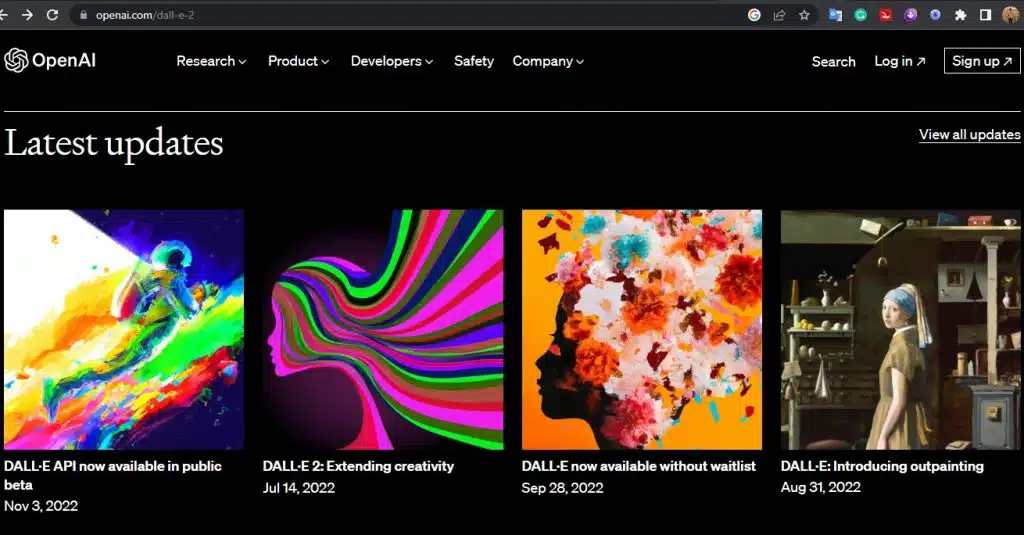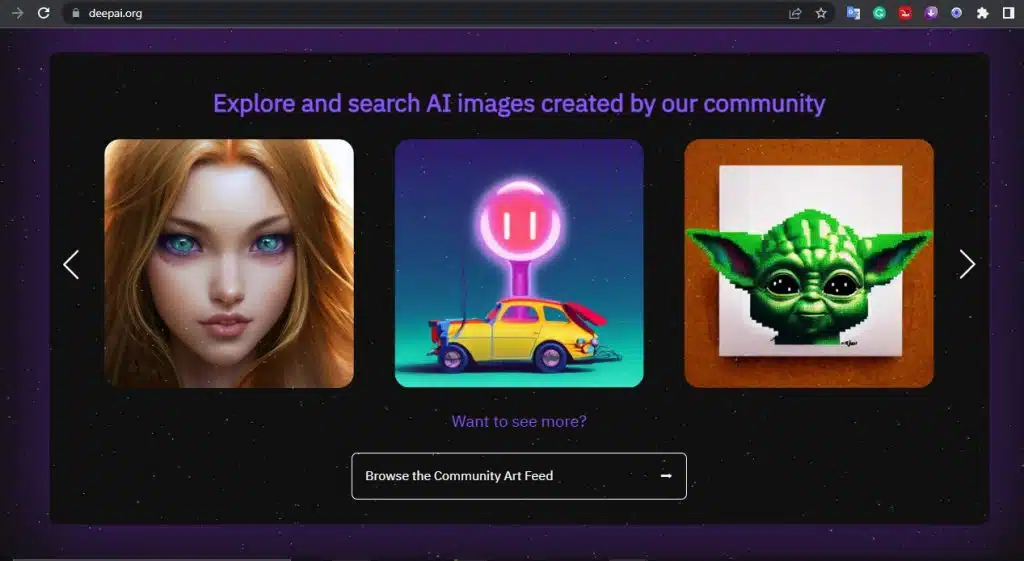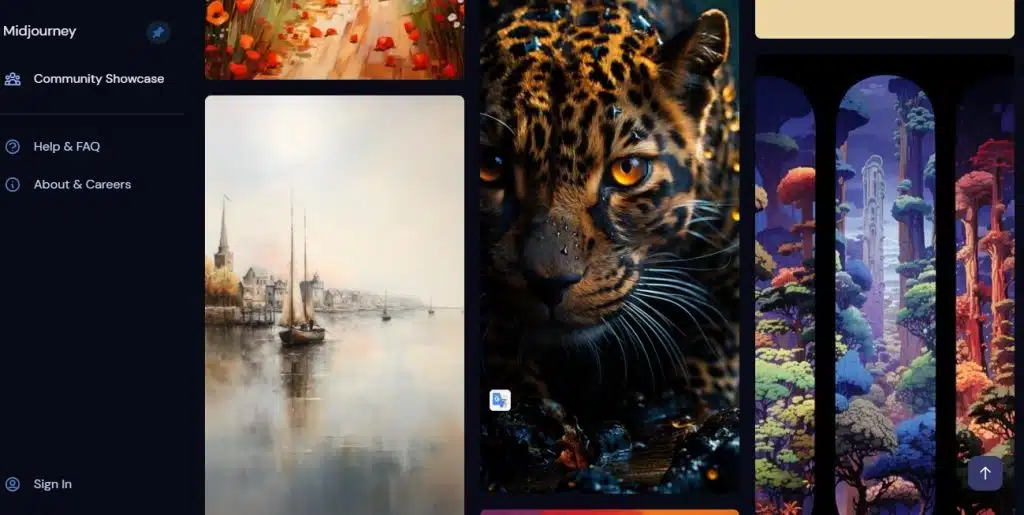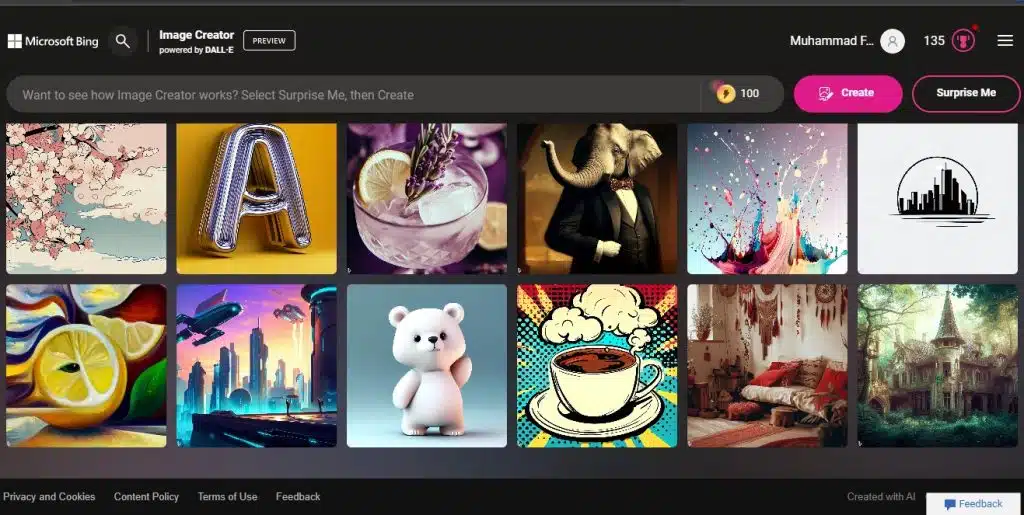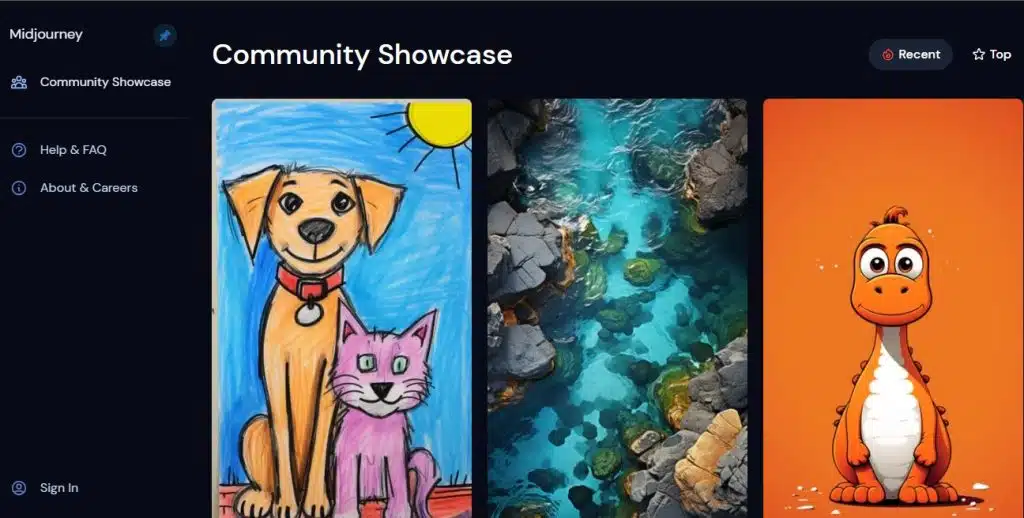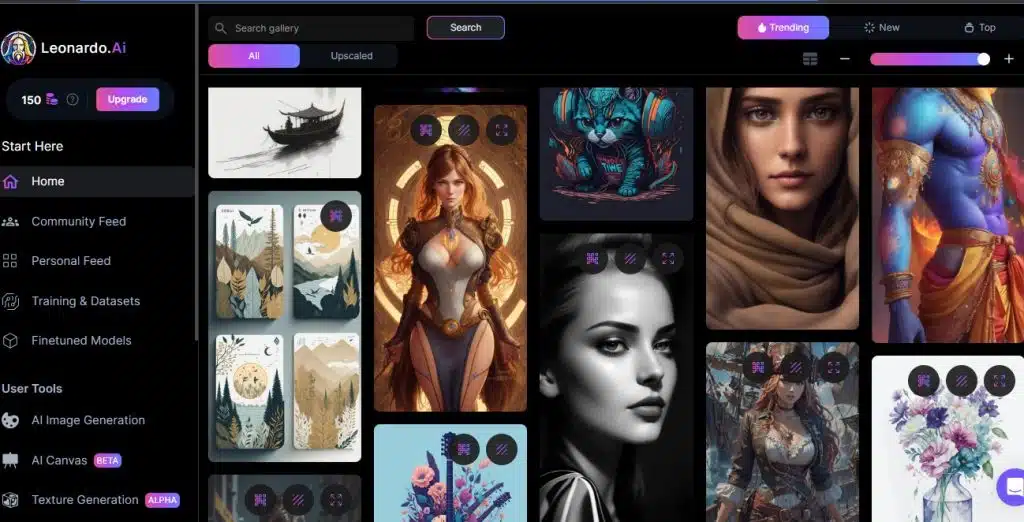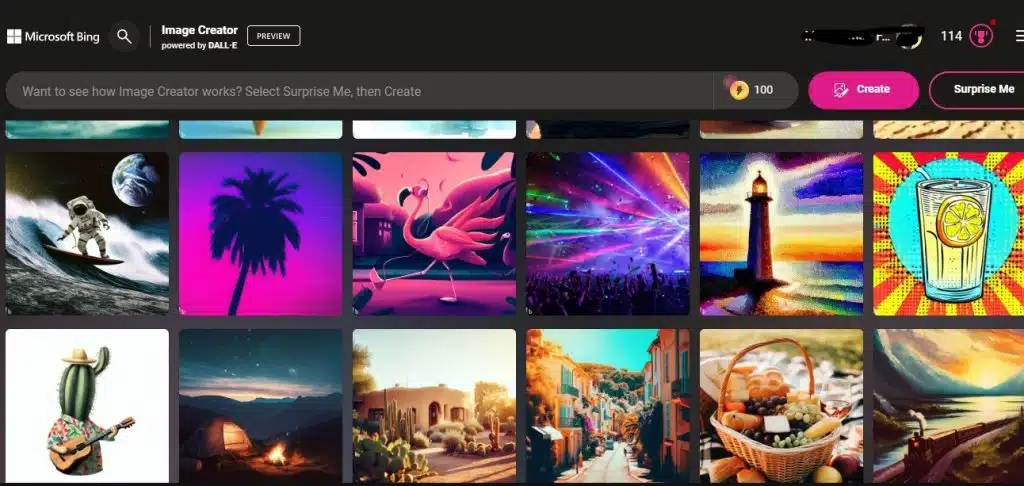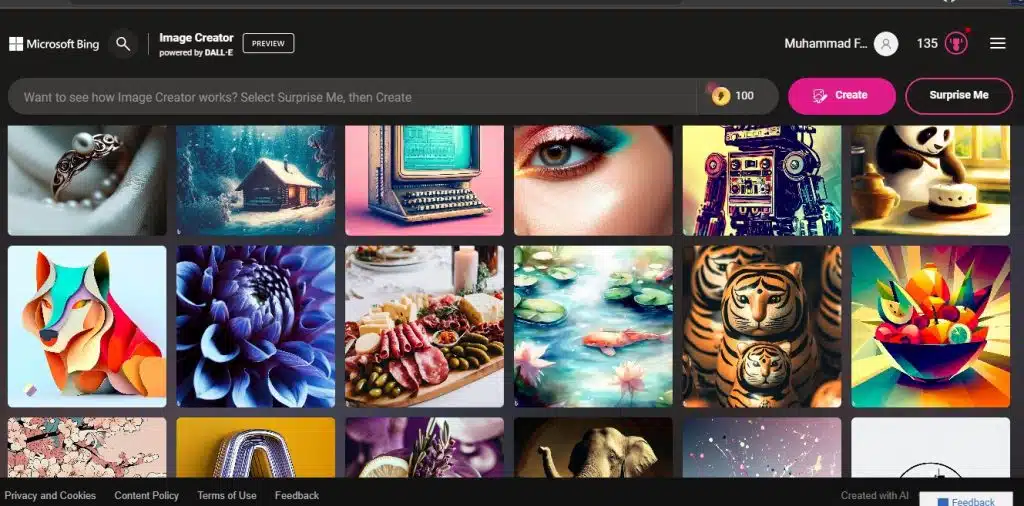How Text to Image AI Can Inspire New Forms of Art and Design – Unleashing Creativity: Exploring the Impact of Text-to-Image AI on Art and Design. Text-to-image AI, a groundbreaking technology, has the capability to generate lifelike or imaginative images based on natural language descriptions. This cutting-edge approach relies on deep learning models that establish connections between words and pixels, leveraging extensive datasets containing pairs of text and image samples. With its wide range of applications, text-to-image AI has the potential to revolutionize the fields of art and design, inspiring novel forms of expression and unlocking uncharted creative territories.
How Text to Image AI Can Inspire New Forms of Art and Design
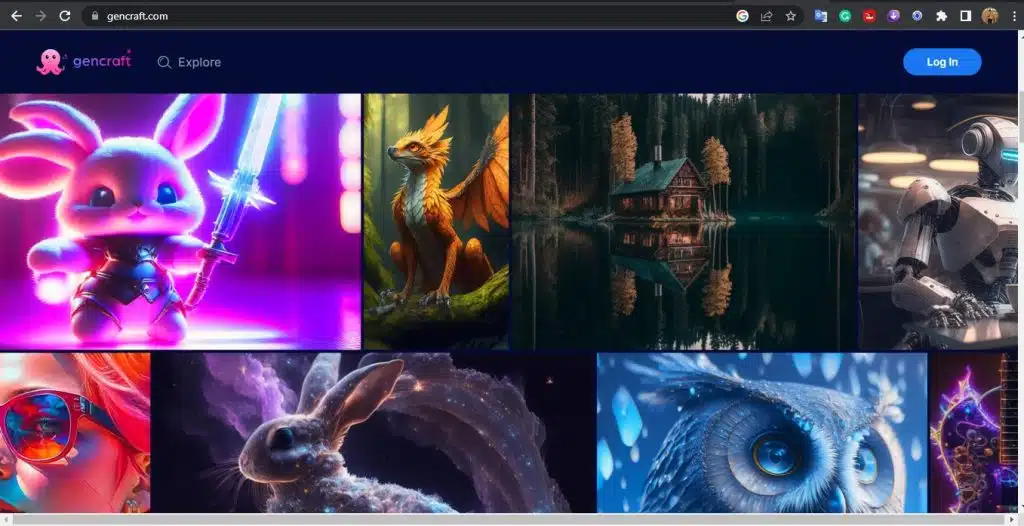
Understanding Text-to-Image AI
Text-to-image AI belongs to the family of generative models, capable of producing visual representations from textual inputs. At its core, this technology employs a neural network comprised of two primary components: an encoder and a decoder. The encoder converts textual input into a latent representation, effectively capturing the semantic meaning and stylistic essence of the text. Subsequently, the decoder translates this latent representation into an image output that faithfully corresponds to the original textual input.
The versatility of text-to-image AI allows it to generate images of diverse styles, resolutions, and qualities, with the specific outcomes influenced by factors such as model architecture, training data, and textual input. Some models even have the ability to produce multiple image variations for a given text, empowering users to select the most suitable image or explore alternative combinations.
READ: How to Optimize Your Text Prompts for Better AI Image Generation Results
The Inspiring Potential of Text-to-Image AI in Art and Design
The emergence of text-to-image AI opens up new horizons in art and design, offering users the ability to effortlessly create original and diverse visual content. By simply expressing their ideas through text, individuals can witness the AI’s transformative power as it generates captivating images. The technology enables several exciting possibilities, including:
AI Artistry: Text-to-image AI serves as a versatile creative tool, empowering users to experiment with various genres, themes, styles, and techniques in art. For instance, one can effortlessly generate surreal landscapes, abstract portraits, or realistic depictions of animals adorned with unconventional features. Moreover, artists can collaborate with one another using text-to-image AI or employ it to remix existing artworks by introducing new elements.
Visual Content Generation: Leveraging text-to-image AI, users can create striking visuals for a multitude of purposes, including social media posts, advertisements, logos, illustrations, comics, memes, and even game assets. The technology can also enhance pre-existing content by incorporating captions, backgrounds, effects, and animations, breathing new life into creative endeavors.
Fostering Creativity: Text-to-image AI catalyzes imagination, igniting the creative spark within users and paving the way for unexplored artistic directions. Individuals can generate images beyond their own drawing or conceptualizing capabilities, prompting unconventional ideas and visions. Challenging the AI with complex or ambiguous prompts becomes an engaging exercise, offering fresh perspectives and novel outcomes.
Exploring the Uncharted: Text-to-image AI enables users to embark on journeys of discovery, transcending the boundaries of reality. Individuals can venture into uncharted realms of creativity by generating images that depict non-existent entities such as mythical creatures, futuristic inventions, or alternative worlds. Additionally, this technology empowers users to visualize elusive or inaccessible subjects like microscopic organisms, distant planets, or historical events, providing unprecedented insights and expanding knowledge.
Examples of Text-to-Image AI
Various online platforms offer accessible examples of text-to-image AI for users to experience firsthand. Here are a few notable examples:
DeepAI’s Text-to-Image AI Image Generator API: This AI image generator employs a generative adversarial network (GAN) model trained on a vast dataset of natural images and captions. It allows users to create images of diverse objects, scenes, animals, and people, starting from a text description.
Kapwing’s AI Image Generator: This AI image generator utilizes a transformer-based model trained on an extensive dataset of natural images and captions. It enables users to generate multiple AI images based on a given topic, showcasing different styles and resolutions.
OpenAI’s DALL·E: This AI image generator employs a transformer-based model trained on an extensive dataset of natural images and texts from the internet. It excels in producing diverse, high-quality images that encapsulate complex concepts, compositions, and transformations.
Conclusion
How Text to Image AI Can Inspire New Forms of Art and Design. Text-to-image AI represents a powerful and transformative technology capable of inspiring new forms of art and design. By generating realistic or abstract images based on natural language descriptions, this technology enables the creation of AI art, enhances visual content generation, fosters creativity, and unlocks unexplored possibilities. Text-to-image AI provides users with a fun and accessible means to express themselves visually while engaging in meaningful interactions with the AI-powered creative process.


